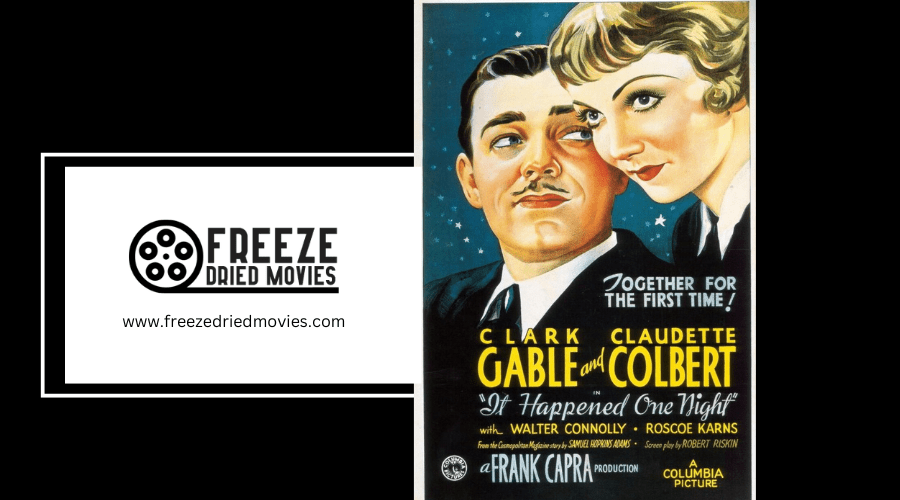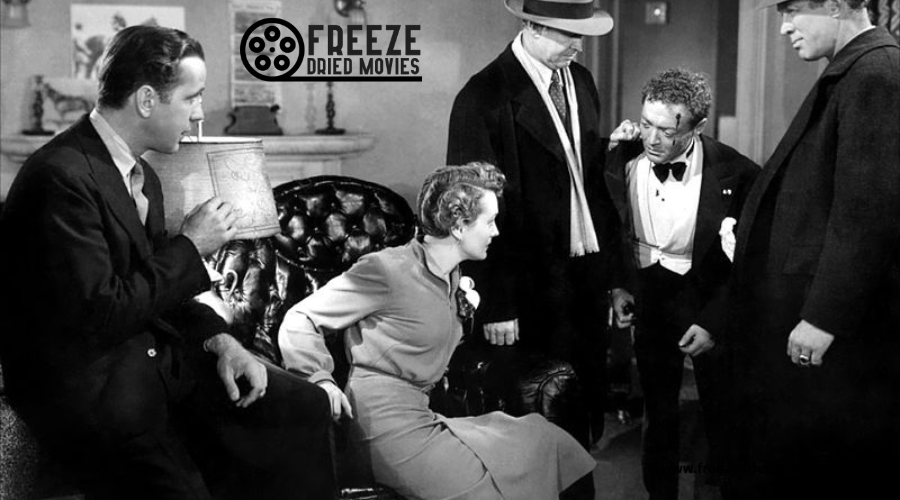What Movie Genre Was Popular in the 1930s?

When you think of the 1930s, a fascinating mix of movie genres comes to mind, each reflecting the decade's unique challenges and innovations. Gangster films captivated audiences with their gritty portrayal of crime during the Great Depression, while musicals provided much-needed escapism through lively performances and catchy tunes. Romantic comedies, with their sharp wit and charismatic leads, also enjoyed a dedicated following. Horror films, featuring chilling tales and iconic monsters, left an indelible mark on the era. So, which genre truly dominated this transformative period in cinema? The answer might surprise you.
The Golden Age of Hollywood
The 1930s marked the beginning of the Golden Age of Hollywood, characterized by the rise of major studios and the establishment of iconic film genres such as musicals, westerns, and screwball comedies. This era profoundly shaped modern cinema. The implementation of the Motion Picture Production Code in 1930 played a significant role by ensuring films were family-friendly and influencing storytelling techniques. This code helped define the themes and content that became synonymous with Hollywood's Golden Era.

Films like *It Happened One Night* (1934) and *Stagecoach* (1939) set enduring standards for romantic comedies and westerns, respectively. These movies didn't just entertain; they established genre conventions that filmmakers still follow today. Stars such as Jean Harlow and Cary Grant emerged during this period, becoming cultural icons whose charisma and talent influenced the portrayal of characters in countless subsequent films.
Amid the Great Depression, the demand for escapist entertainment skyrocketed. Musicals became especially popular, offering audiences a joyful escape from economic hardships. This period wasn't just about creating movies; it was about defining what cinema could be, solidifying the Golden Age of Hollywood.
Dominant Genres of the 1930s
The 1930s, often referred to as the Golden Age of Hollywood, was a period marked by the emergence and flourishing of several dominant film genres that captivated audiences and set enduring trends. Gangster films became a significant force with the release of *Little Caesar* (1930), which laid the groundwork for modern gangster cinema. These films delved into the gritty underworld of crime, attracting viewers with intense narratives and complex characters.
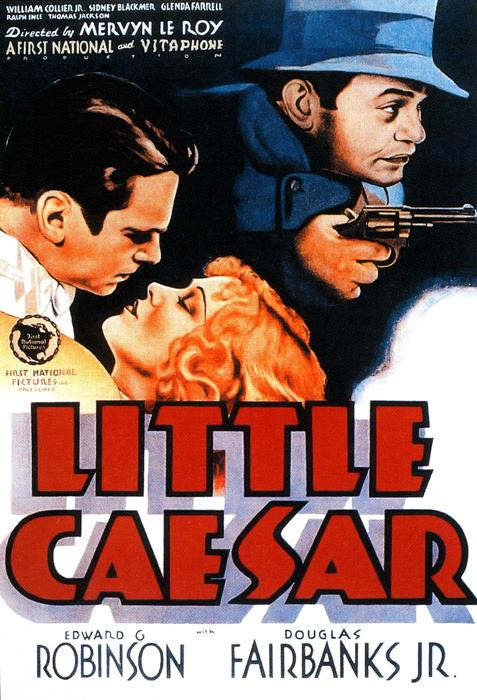
Romantic comedies also became a cornerstone of this decade. *It Happened One Night* (1934), a standout in the genre, combined witty dialogue with charming performances. This film not only set the standard for future romantic comedies but also garnered several Academy Awards, ensuring its place in cinematic history.
The 1930s also saw the rise of Westerns and horror films. *Stagecoach* (1939) brought tales of frontier life to the big screen, while Universal Studios' monster hits like *Dracula* (1931) and *Frankenstein* (1931) thrilled audiences with their eerie atmospheres and memorable characters.
Collectively, these genres defined the 1930s, showcasing Hollywood's ability to produce a diverse range of films that resonated with audiences then and continue to influence cinema today.
The Rise of Musicals
The 1930s witnessed a surge in musicals, propelled by synchronized sound technology. Films like *The King of Jazz* and *Gold Diggers of 1933* enthralled audiences with innovative sequences and high production values. This era also saw the rise of musical legends Fred Astaire and Ginger Rogers, whose performances became the benchmark for the genre.
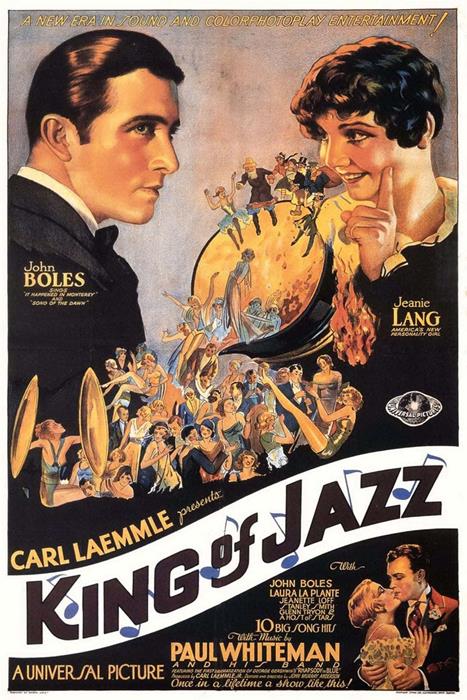
Technological Sound Advancements
The 1930s witnessed a significant rise in the popularity of musicals, driven by pioneering advancements in sound technology that revolutionized the movie-going experience. The advent of synchronized audio and dialogue allowed musicals to seamlessly integrate music, speech, and narrative, captivating audiences like never before. Films such as *Under the Roofs of Paris* (1930) exemplified this innovative use of sound technology, setting a new benchmark for the genre and laying the groundwork for future productions.
The introduction of the Fox Grandeur format in *The Big Trail* (1930) represented another major leap in cinematic presentation, enabling more elaborate and immersive musical sequences. This technological progress allowed musicals to be showcased with a level of visual and auditory splendor previously unattainable. Animated films also took advantage of these advancements. For example, *Dizzy Dishes* (1930), which introduced a prototype of Betty Boop, effectively utilized sound to enhance musical elements and character development.
During the Great Depression, musicals offered essential escapism. Their joyful and uplifting nature provided audiences relief from economic hardships, cementing their status as a beloved genre during this tumultuous period.
Iconic Musical Films
Iconic musical films of the 1930s transformed cinema, enchanting audiences with elaborate song and dance numbers. During the Great Depression, musicals became a dominant film genre, providing a much-needed escape from economic hardships. The lively and uplifting stories sharply contrasted with the grim realities of the time.
One of the notable early musicals, *The King of Jazz* (1930), stood out with its groundbreaking animated sequence and use of two-strip Technicolor, bringing vibrant color to the silver screen. The synchronized sound made the musical experience even more engaging, a significant achievement for its era. Films like *Under the Roofs of Paris* (1930) further showcased the genre's potential with their enchanting soundtracks.
The success of musicals was further cemented by *42nd Street* (1933), which pulled back the curtain on the backstage drama of Broadway. The film's memorable performances and catchy tunes left audiences humming long after the credits rolled. These films didn't just entertain; they offered a temporary reprieve from the daily struggles of the Great Depression, making the genre a beloved staple of 1930s cinema.
Influential Musical Stars
The 1930s marked the beginning of a golden era for musicals, driven by influential stars whose talent and charisma elevated the genre. Fred Astaire and Ginger Rogers became household names with their elegant and mesmerizing dance routines in films like *Top Hat* (1935), epitomizing the musical's appeal. Their on-screen chemistry and technical prowess set a new industry standard, capturing audiences' imaginations during the Great Depression.
The advent of sound technology revolutionized the genre, with musicals like *The King of Jazz* (1930) making a significant impact. This film featured pioneering animated sequences and elaborate production designs, showcasing the possibilities of the emerging technology. Musicals offered viewers a much-needed escape, providing a glimpse into a glamorous world far removed from daily hardships.
Films such as *42nd Street* (1933) emphasized the allure and excitement of show business, further cementing the genre's popularity. The success of these musicals laid vital groundwork for the genre's evolution and prominence in Hollywood. The contributions of these influential stars and groundbreaking films continue to inspire filmmakers and performers, ensuring the musical's enduring legacy in the film industry.
Crime-Gangster Films

Crime-gangster films emerged prominently in the 1930s, captivating audiences with their exploration of the gritty underworld of organized crime. Warner Bros. paved the way with *Little Caesar* (1930), laying the groundwork for modern gangster cinema. *Public Enemy* (1931), directed by William Wellman, further solidified the genre, depicting the rise of the Chicago underworld and the violent lifestyle of gangsters.
These films often mirrored societal anxieties during the Great Depression, addressing themes of crime, morality, and the struggles of the working class. This resonated deeply with viewers facing economic hardships. Key characteristics of the genre included complex anti-heroes, gritty storylines, and a focus on the consequences of crime. The genre's exploration of moral ambiguity and the darker aspects of human nature closely aligns with the later development of film noir.
The success of these films established a template for future gangster narratives, influencing not only Hollywood but also global cinema's portrayal of crime. By engaging with these themes and characters, crime-gangster films of the 1930s became a significant cultural touchstone, leaving a lasting legacy on the film industry.
The Western's Popularity
The Western genre experienced a significant rise in popularity during the 1930s, captivating audiences with its depictions of frontier life, lawlessness, and rugged individualism. This era marked a golden age for Westerns, propelled in part by technological advancements such as sound films, which enhanced the storytelling with dialogue and sound effects.
A pivotal moment came with John Ford's *Stagecoach* (1939), which revolutionized the Western by emphasizing character development and nuanced narratives. This film set a new standard for the genre, demonstrating its potential for complex storytelling.
During this decade, actors like John Wayne became emblematic of the genre. Wayne's rugged charm and portrayal of stoic heroes resonated deeply with audiences, making him a household name. Similarly, Gary Cooper captivated viewers, further solidifying the Western's significance in American cinema.
For many, these films provided a form of escapism, particularly during the Great Depression. The Western offered thrilling adventures and tales of heroism set against the backdrop of an idealized American frontier, providing a much-needed respite from the harsh realities of the time.
Screwball Comedies
Screwball comedies emerged in the 1930s, captivating audiences with their rapid-fire dialogue, zany situations, and romantic entanglements. These films often featured strong, independent female characters and their male counterparts, creating a dynamic that was both entertaining and progressive for its time. A classic example is *It Happened One Night* (1934), directed by Frank Capra, which set the standard for romantic comedies and won five Academy Awards, including Best Picture.
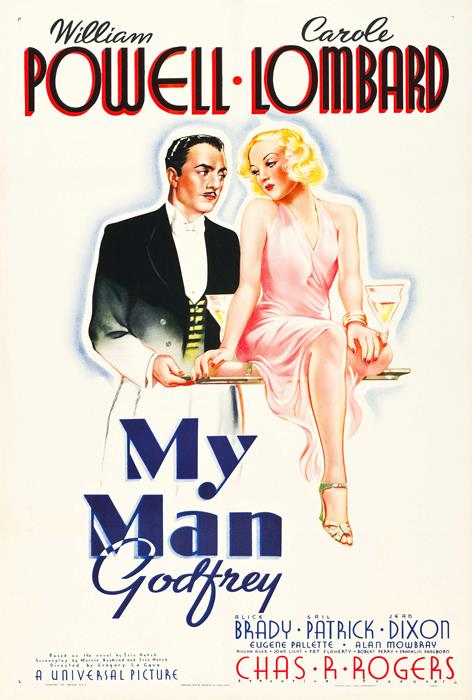
These films frequently examined class conflict, highlighting interactions between the wealthy and the middle class. *My Man Godfrey* (1936) is a prime example of this theme. Directors like Howard Hawks and Frank Capra were instrumental in shaping the genre, utilizing witty dialogue and clever plot twists to engage audiences during the Great Depression.
| Film Title | Director | Key Theme |
|---|---|---|
| *It Happened One Night* | Frank Capra | Romantic Comedy |
| *My Man Godfrey* | Gregory La Cava | Class Conflict |
| *Bringing Up Baby* | Howard Hawks | Absurd Situations |
| *The Awful Truth* | Leo McCarey | Divorce Comedy |
| *His Girl Friday* | Howard Hawks | Fast-paced Dialogue |
Although the genre's popularity waned after the 1930s, screwball comedies left an indelible mark on film history, influencing romantic comedies for decades to come.
Horror and Melodramas

Horror and melodramas captivated audiences in the 1930s with their compelling atmospheres and emotional depth. The horror genre particularly gained prominence with Universal Studios' iconic films like *Dracula* (1931) and *Frankenstein* (1931). These movies laid the foundation for the classic monster movie era, enthralling viewers seeking an escape from the economic hardships of the Great Depression and the lingering trauma of World War I. The societal fears of the time fueled a demand for thrilling narratives, making horror films a staple of 1930s cinema.
Simultaneously, melodramas flourished with films such as *Anna Christie* (1930) and *The Champ* (1931), which showcased emotional storytelling and complex character relationships. These films often explored themes of love, sacrifice, and family struggles, resonating deeply with audiences facing economic and societal challenges. The melodrama genre provided a poignant reflection of the period's emotional landscape, offering both catharsis and connection.
The success of these genres not only entertained audiences but also solidified the careers of stars like Boris Karloff and Greta Garbo. Their iconic performances became emblematic of the horror and melodrama genres, respectively.
Influential Films and Stars
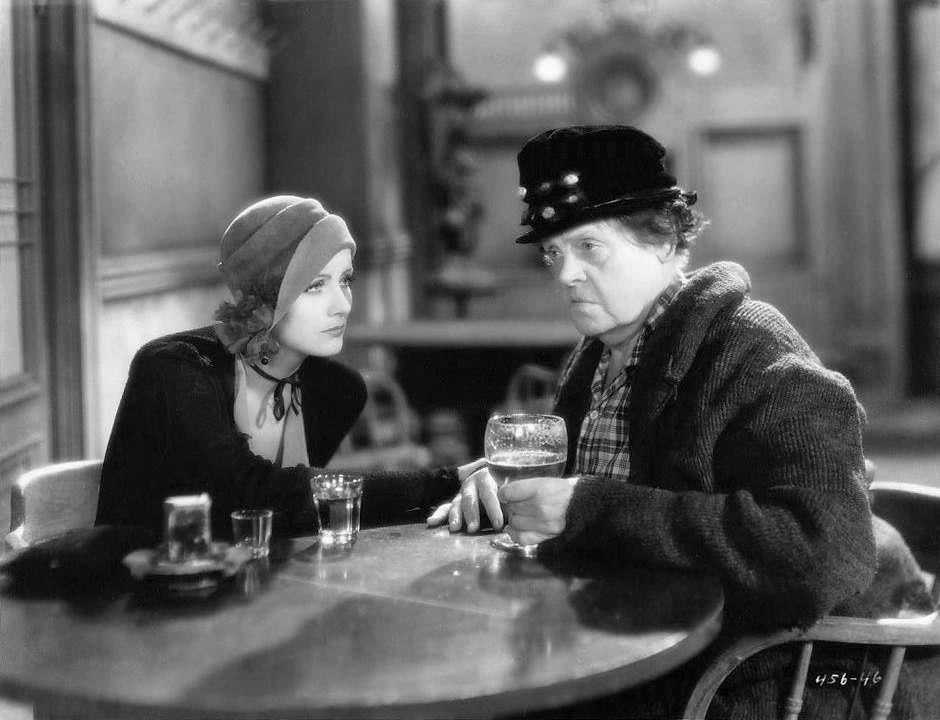
When considering the influential films and stars of the 1930s, Edward G. Robinson's breakout role in *Little Caesar* and Greta Garbo's compelling performance in *Anna Christie* stand out. Musicals like *The King of Jazz* captivated audiences with their vibrant Technicolor and intricate choreography, while Alfred Hitchcock's *The 39 Steps* redefined the thriller genre. Additionally, *It Happened One Night* set a high standard for screwball comedies, securing its place in cinematic history.
Iconic 1930s Film Performances
In the 1930s, film performances reached new heights, with actors and actresses delivering unforgettable roles that would carve their names into cinematic history. Edward G. Robinson's portrayal of a ruthless gangster in *Little Caesar* (1930) set the standard for crime films and defined the gangster genre for the decade.
Greta Garbo's transition to sound in *Anna Christie* (1930) was equally monumental. The tagline "GARBO TALKS!" underscored the importance of her voice, making her a sensation in the age of talkies. Her compelling performance captivated audiences and solidified her status as a leading actress of the time.
The Marx Brothers brought chaotic and satirical humor to the screen in *Animal Crackers* (1930). Their unique comedic talents made this film a standout and ensured their place in film history.
Marlene Dietrich's role in *The Blue Angel* (1930) showcased her allure and led to a Hollywood contract, defining her glamorous persona. Finally, Cary Grant's charm in *Bringing Up Baby* (1938) marked the beginning of his legacy as a quintessential leading man, bringing sophistication to screwball comedy.
Legendary Hollywood Stars
During the 1930s, Hollywood saw the rise of legendary stars who transformed the silver screen and left an indelible mark on film history. These stars became synonymous with the popular genres of the period, enchanting audiences with their talent and charisma.
| Star | Iconic Film | Genre |
|---|---|---|
| Greta Garbo | *Anna Christie* (1930) | Drama |
| Cary Grant | *The Awful Truth* (1937) | Romantic Comedy |
| Marx Brothers | *Duck Soup* (1933) | Comedy |
| Errol Flynn | *Captain Blood* (1935) | Adventure |
Greta Garbo's transition to sound films with *Anna Christie* not only popularized the phrase "GARBO TALKS!" but also solidified her status as a major Hollywood figure. Cary Grant's charm and sophistication in *The Awful Truth* set a new standard for romantic comedy leads, making him one of the most beloved actors of the decade.
The Marx Brothers, with their rapid-fire comedic dialogue in *Duck Soup*, left a lasting impression on the comedy genre, influencing future generations of comedians. Meanwhile, Errol Flynn's swashbuckling heroics in *Captain Blood* epitomized the adventurous leading man, defining the adventure genre.
These legendary Hollywood stars shaped the popular genres of the 1930s, leaving a legacy that continues to influence cinema today.
Technological Advancements
The early 1930s marked a period of groundbreaking technological advancements that transformed the film industry and enhanced audience experiences. This period witnessed the shift to sound films, or "talkies," revolutionizing popular genres. Movies now had synchronized soundtracks, enabling audiences to hear characters speak, sing, and whisper, creating a richer, more engaging experience.
Technicolor advancements brought vibrant visuals to the screen. The use of 2-strip Technicolor, as showcased in *The King of Jazz* (1930), added a new dimension to films, making them visually enchanting. This technology particularly enhanced the appeal of musicals and fantasy genres.
Musical films were transformed with synchronized sound technology. In *Under the Roofs of Paris* (1930), the seamless integration of sound set new standards for audio quality and storytelling.
Animated films also evolved. *Fiddlesticks* (1930) was the first complete sound cartoon in two-strip Technicolor, influencing character development and narrative in animation.
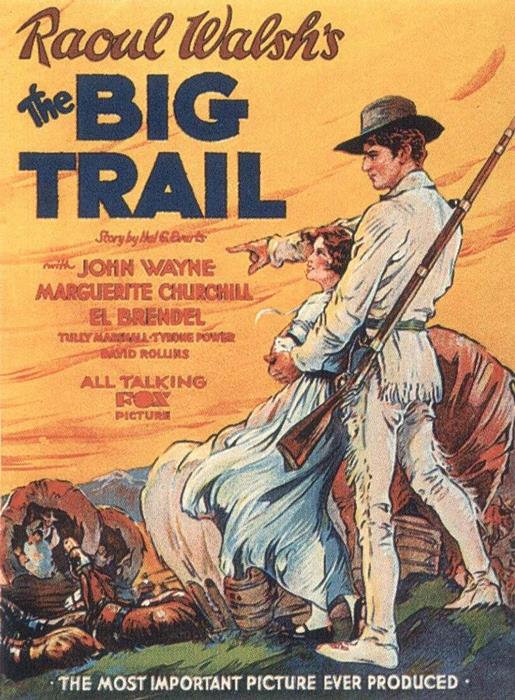
The Fox Grandeur format, used in *The Big Trail* (1930), showcased the potential of widescreen formats, enhancing epic storytelling and immersing audiences deeper into the cinematic experience.
- Audiences could hear characters speak, sing, and whisper.
- Films became visually vibrant and enchanting.
- Musical films set new audio quality standards.
- Animated characters became more dynamic and engaging.
- Widescreen formats made epic stories more compelling.


